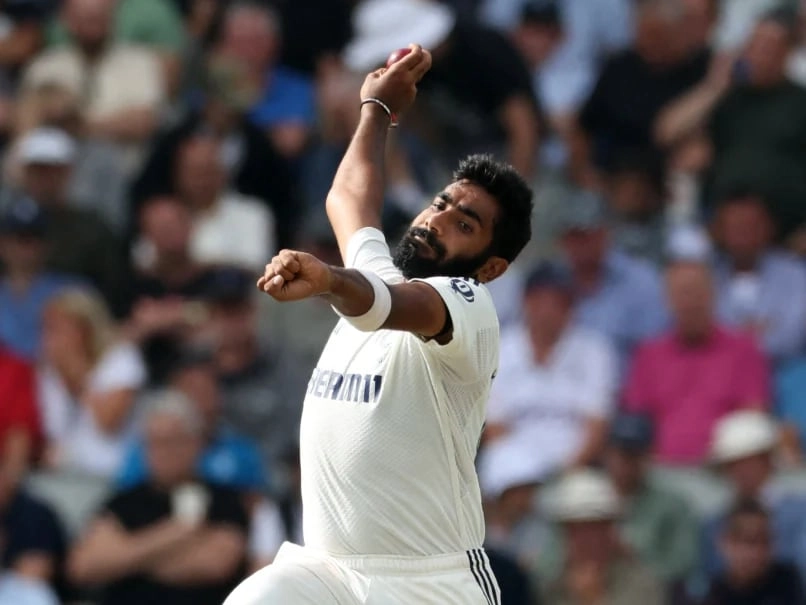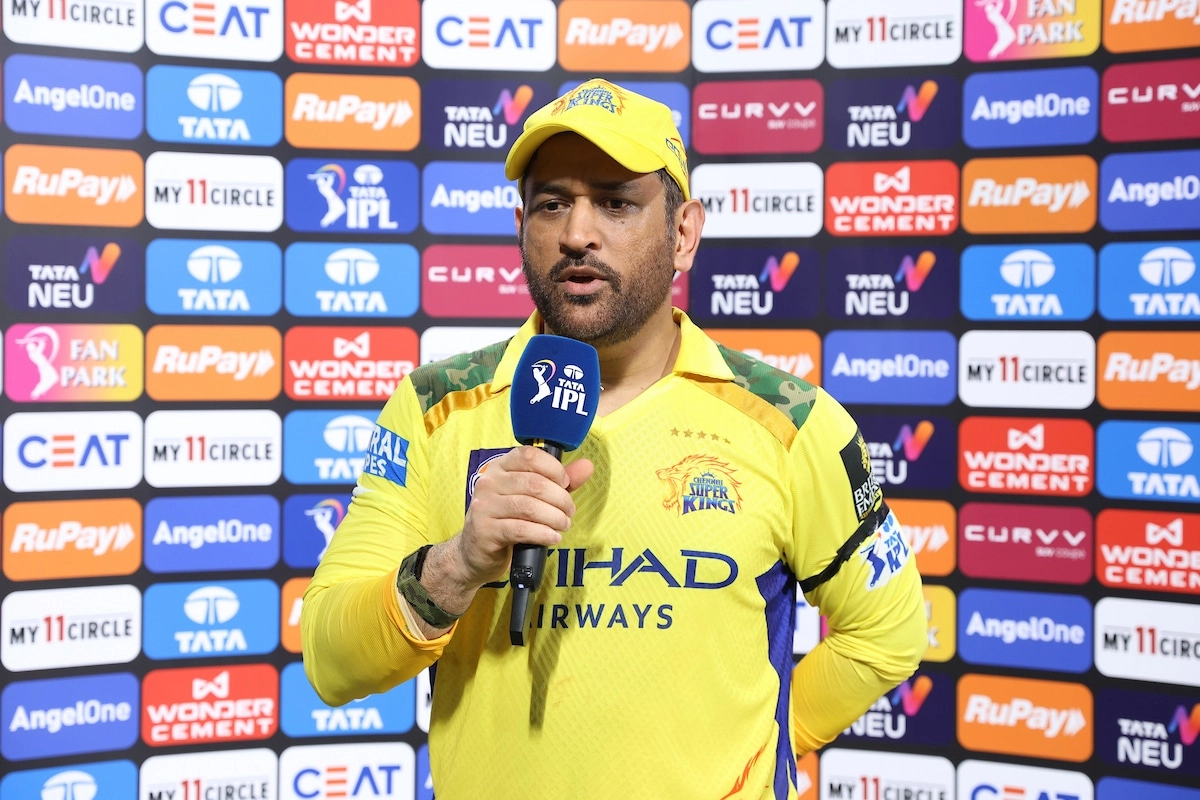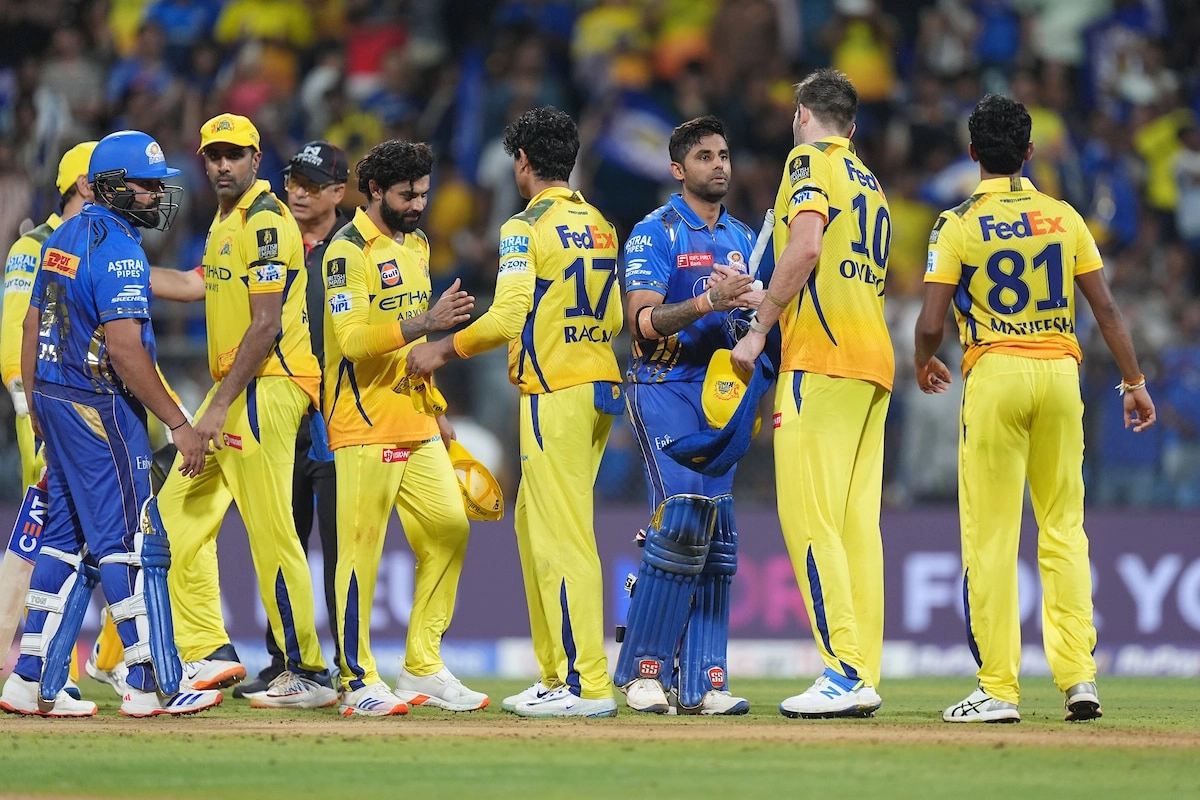The recent comments made by the former chief selector of the Board of Control for Cricket in India (BCCI) regarding Jasprit Bumrah’s workload management have sparked considerable debate within the cricketing community. The selector, who has remained unnamed in the discussions, questioned the involvement of physiotherapists in selection meetings, insinuating that such practices could lead to confusion about player fitness and availability. The crux of the issue lies in the balance between managing athletes’ physical demands and ensuring optimal performance on the field, particularly for a bowler of Bumrah’s caliber.
Jasprit Bumrah, renowned for his unique bowling style and significant contributions to the Indian cricket team, has been in the spotlight due to concerns over his workload and fitness. The selector’s remarks highlight a growing tension between the medical and selection teams, especially when it comes to making crucial decisions about player participation in international matches. This situation raises important questions about how teams manage their players’ physical health and the role of medical staff in the decision-making process.
The former chief selector’s outburst reflects a broader concern within cricket about the increasing pressure on players to perform while also adhering to rigorous fitness protocols. As the sport evolves, with an increasing number of tournaments and formats, managing player workload has become a critical aspect of maintaining a team’s competitive edge. The selection committee must navigate these challenges carefully, ensuring they have accurate information about player fitness without overly relying on medical staff’s assessments.
Ultimately, the controversy surrounding Bumrah’s workload and the selection process underscores the complexities of modern cricket. It serves as a reminder of the delicate balance that must be maintained between performance, fitness, and the strategic decisions made by selectors. As discussions continue, it will be essential for the BCCI and its stakeholders to address these issues constructively, fostering a collaborative environment that prioritizes player welfare while striving for excellence on the field.




